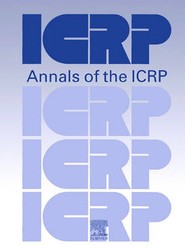(To see other currencies, click on price)
MORE ABOUT THIS BOOK
Main description:
Inhalation of radionuclides leads to problems of spatial distribution of radiation dose within tissues. The variables are considerable: specific activity of the radionuclide and its concentration of radiation emitted, concentration of radiation sources (single relatively active particles versus many particles of low specific activity), radioactive decay, degree of particulate aggregation, cellular interactions and movement of particles within the tissue, solubility, presence of other toxic materials, state of health of the tissue containing the particle, and so forth. The problem is so complex that it has not been feasible to approach all aspects experimentally: therefore specific radiation protection criteria for inhaled particles are continually evaluated as new research is completed.
This report focuses on various types of radionuclides that may be inhaled and deposited in the respiratory tract. One of the primary goals of this ICRP Task Group is to assess specifically the biological implications of inhaled plutonium. Because other transuranics are becoming more abundant, information on americium, curium and einsteinium is included. Data are also included from studies of polonium and of several beta-gamma emitting isotopes.
PRODUCT DETAILS
Publisher: Elsevier (Elsevier Health Sciences)
Publication date: September, 2007
Pages: None
Weight: 110g
Availability: Available
Subcategories: Physiology, Radiology
From the same series






























